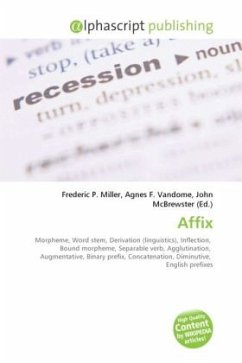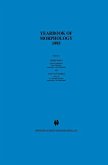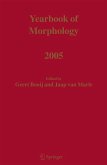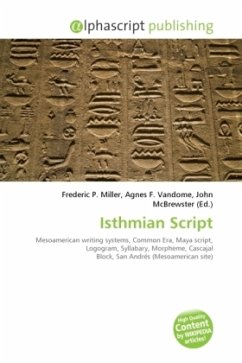High Quality Content by WIKIPEDIA articles! In morpheme-based morphology, a morpheme is the smallest linguistic unit that has semantic meaning. In spoken language, morphemes are composed of phonemes the smallest linguistically distinctive units of sound, and in written language morphemes are composed of graphemes the smallest units of written language. The concept morpheme differs from the concept word, as many morphemes cannot stand as words on their own. A morpheme is free if it can stand alone, or bound if it is used exclusively alongside a free morpheme. Its actual phonetic representation is the morph, with the different morphs representing the same morpheme being grouped as its allomorphs. In natural language processing for Japanese, Chinese and other languages, morphological analysis is a process of segmenting a given sentence into a row of morphemes. It is closely related to Part-of-speech tagging, but word segmentation is required for these languages because word boundaries are not indicated by blank spaces. Famous Japanese morphological analysers include Juman, ChaSen and Mecab.
Bitte wählen Sie Ihr Anliegen aus.
Rechnungen
Retourenschein anfordern
Bestellstatus
Storno








